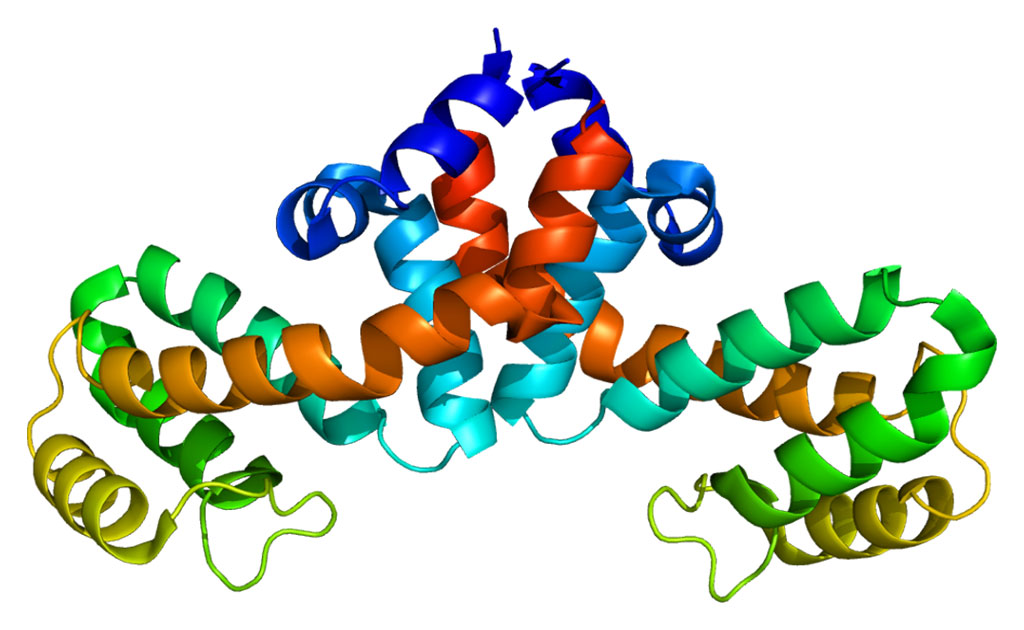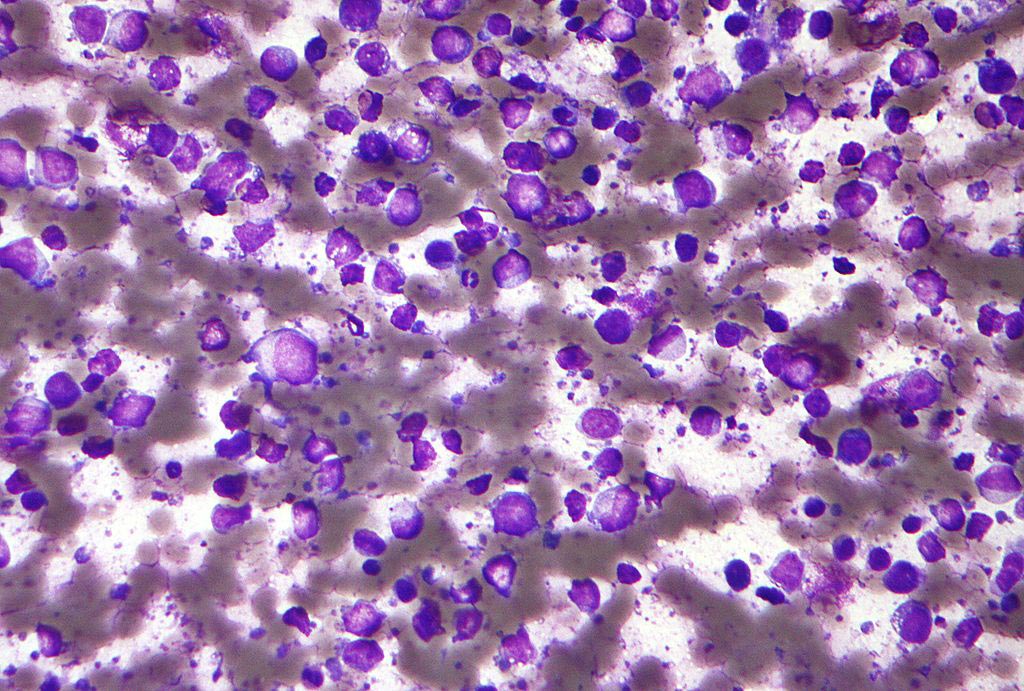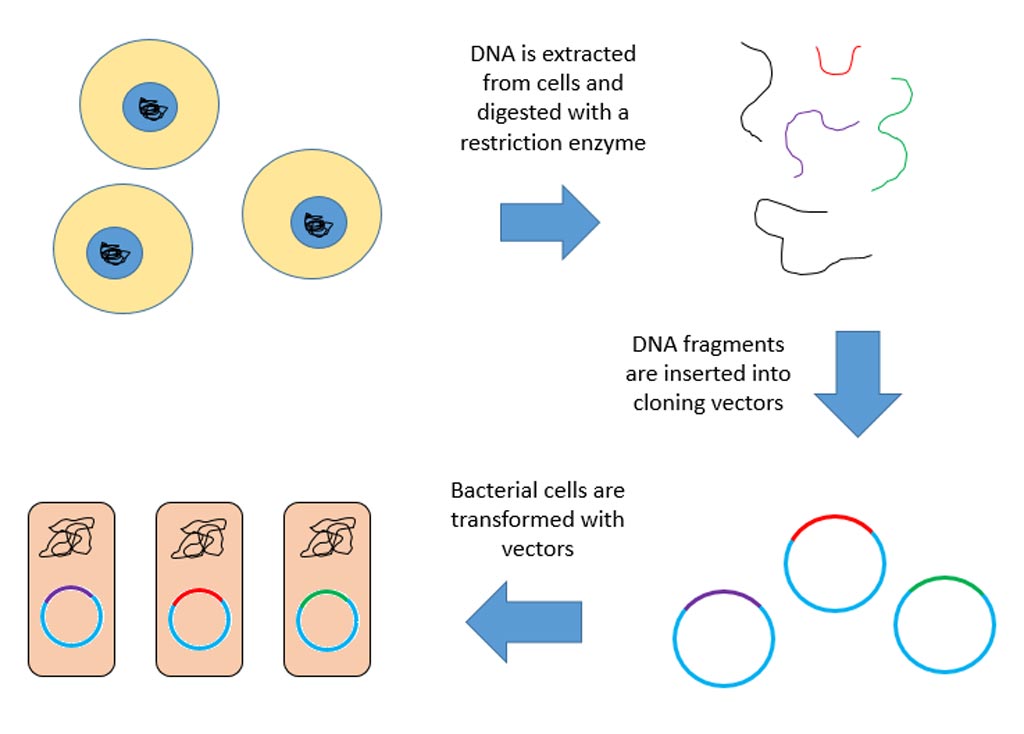Photodynamic Therapy, Luminol Used to Kill Cancer cells
By Biotechdaily staff writers
Posted on 02 Aug 2006
Forcing cancer cells to light up could activate light-sensitive drugs that are then able to kill them without damaging nearby healthy tissue, according to recent research.Posted on 02 Aug 2006
Researchers based at the College of Judea and Samaria (Ariel) and in association with Bar-Ilan University (Ramat Gan), both in Israel, have for the first time combined two novel techniques to target cancer cells. The first is a form of photodynamic therapy, which delivers a light-sensitive drug specifically to cancer cells. The second technique uses a compound called luminol to generate light inside individual cells, activating the drug and killing the cell. The scientists reported their findings in the July 18, 2006, edition of the British Journal of Cancer.
Photodynamic therapy exploits the properties of specific chemicals that are triggered by normal visible light. In photodynamic therapy, laser light is shone from outside the body to activate chemotherapy drugs. Now it may be possible to use luminol to produce light inside cells, reducing side effects, and enabling the therapy to be used to treat a wider range of tumors.
Lead researcher Dr. Michael Firer, of the department of chemical engineering and Biotechnology at the College of Judea and Samaria, said, "The two big problems with photodynamic therapy are getting the light-sensitive drug to only target cancer cells, and delivering light to the drug to activate it once it is in the right place. We've uniquely combined two cutting-edge technologies to direct a drug to cancer cells and to generate a light source inside the cells. This stops the drug from killing healthy cells. It also means that we might be able to use photodynamic therapy to treat tumors deep inside the body that external light sources cannot reach. We've shown it works in the lab--if it works in real life, we'll have an exciting new way to treat cancer.”
Another unexpected and positive result of using targeted photodynamic therapy was that it removed the drug resistance that develops when untargeted therapies are employed.
Prof. John Toy, medical director of Cancer Research UK, which owns the British Journal of Cancer, remarked, "These are promising results, although there is a long way to go before we can know if this will work in patients. If it does work, it could become a safe, non-invasive option for treating many types of cancers.”
Related Links:
College of Judea and Samaria
Bar-Ilan University













